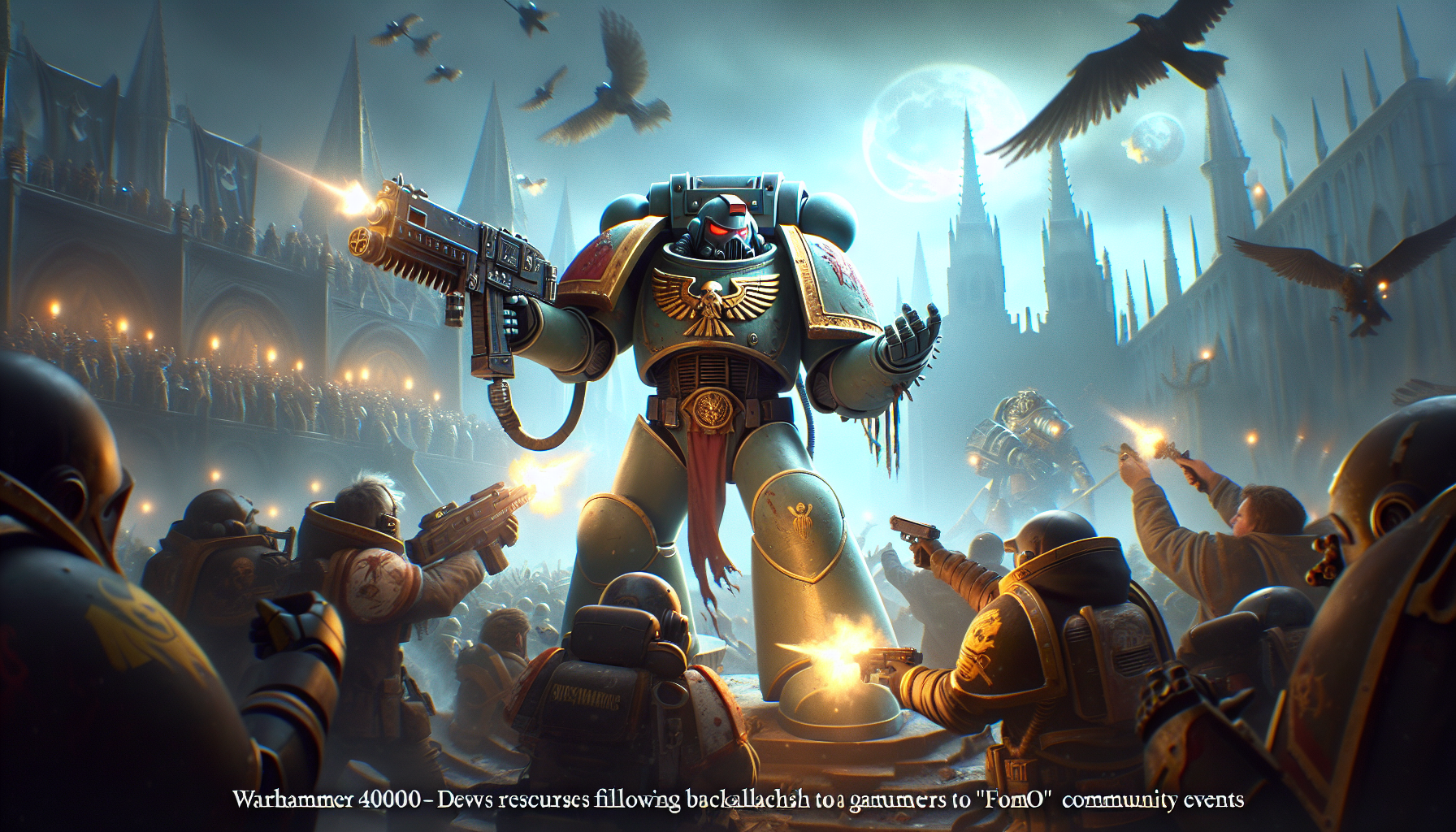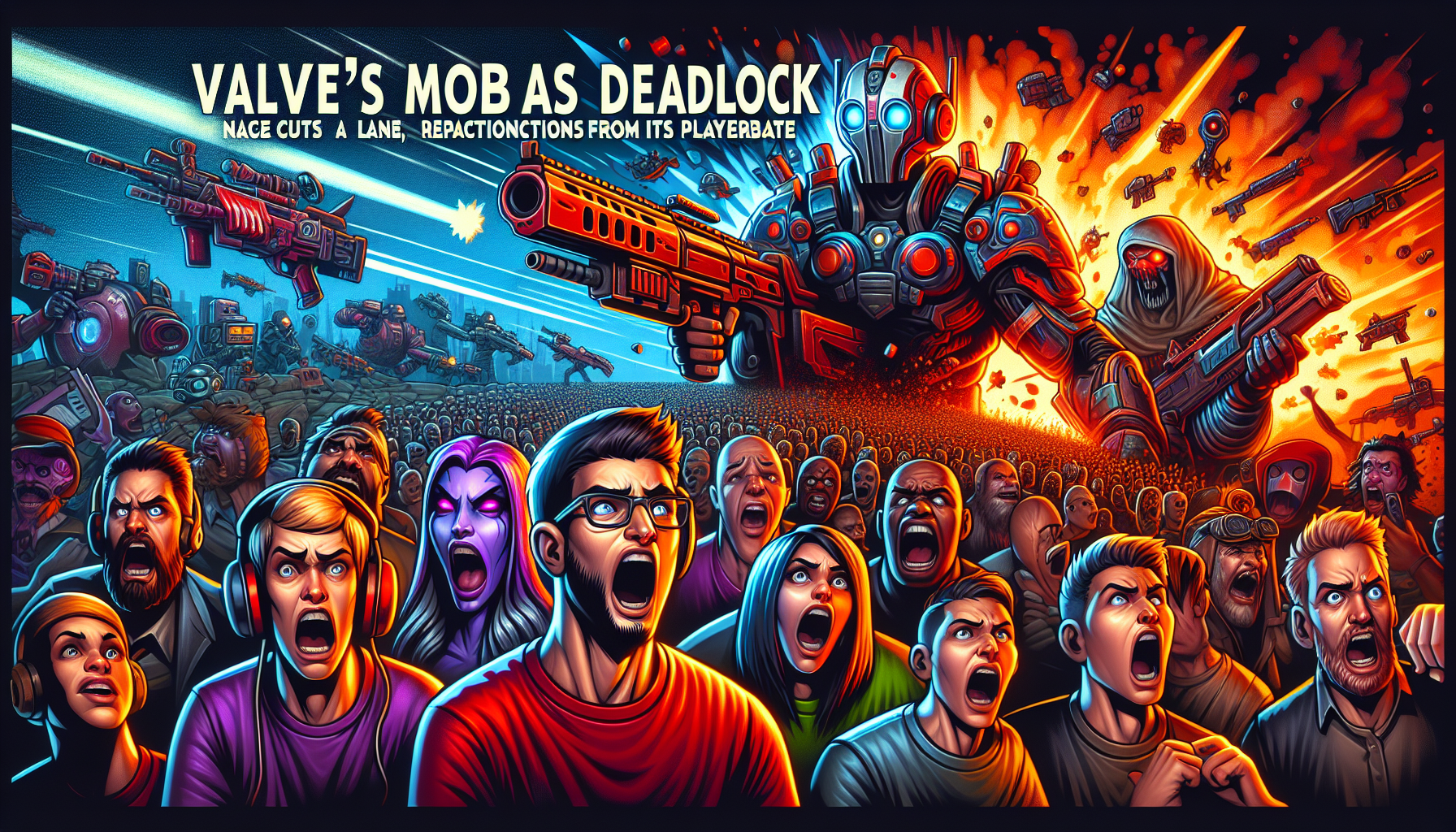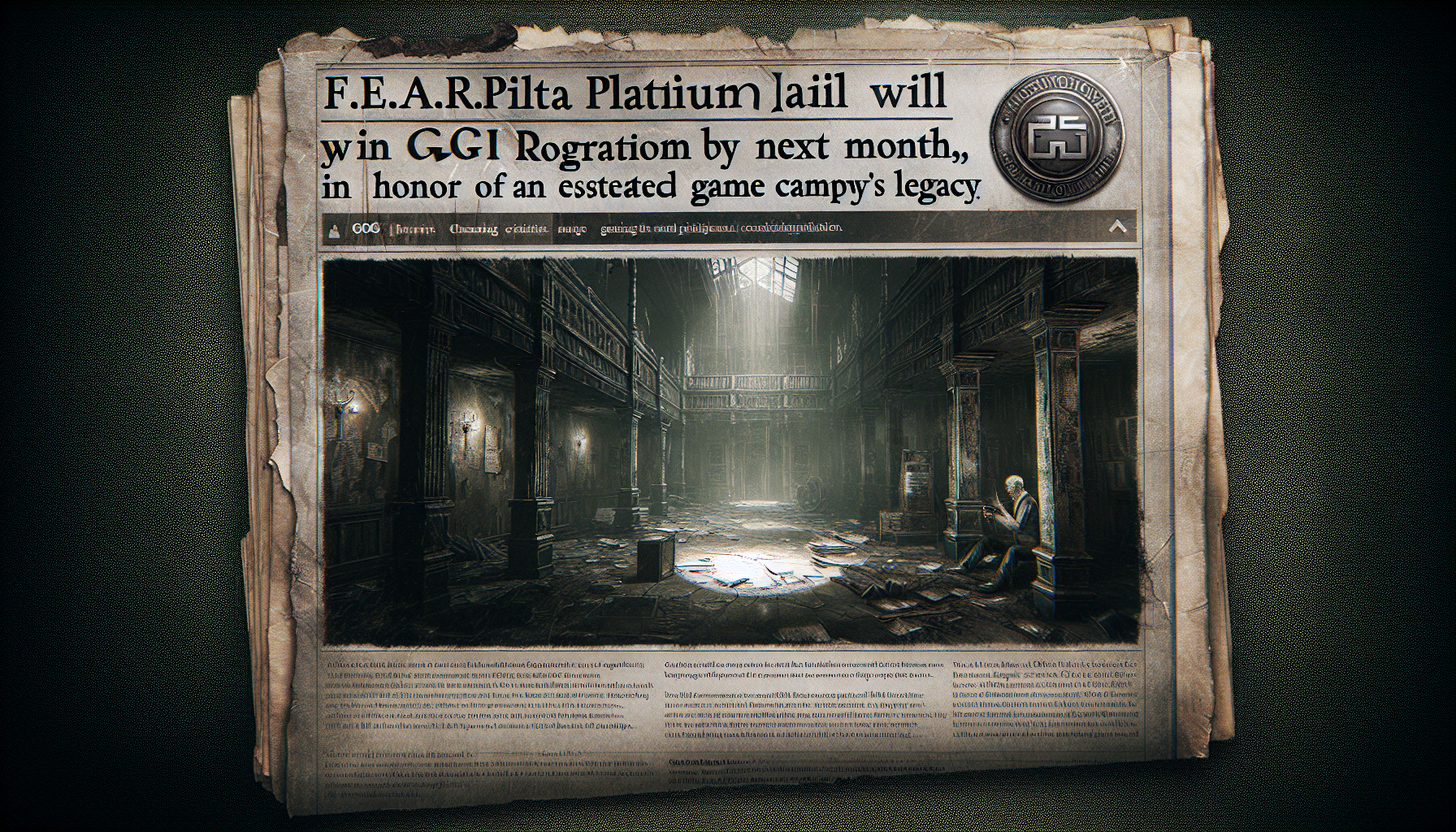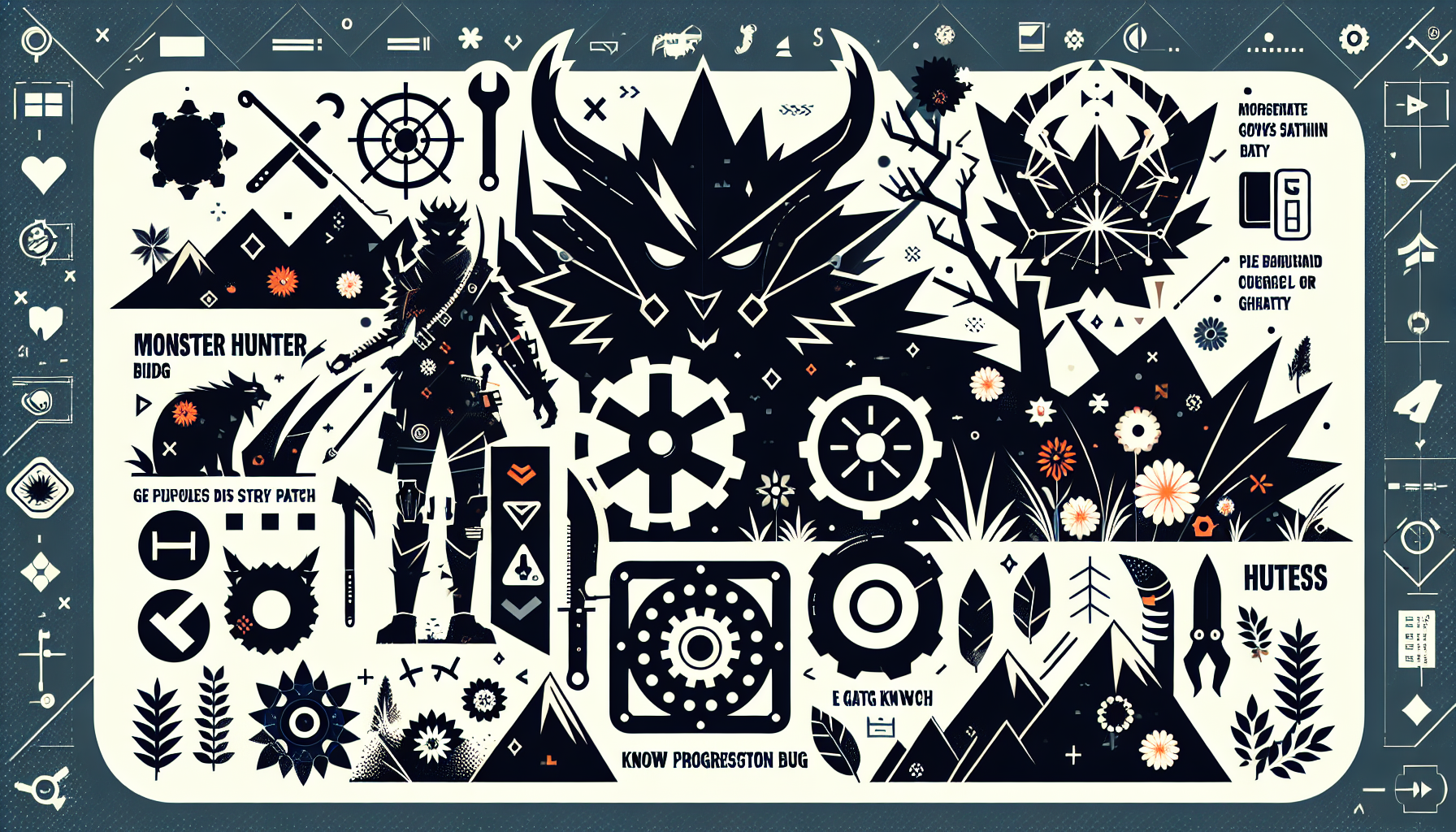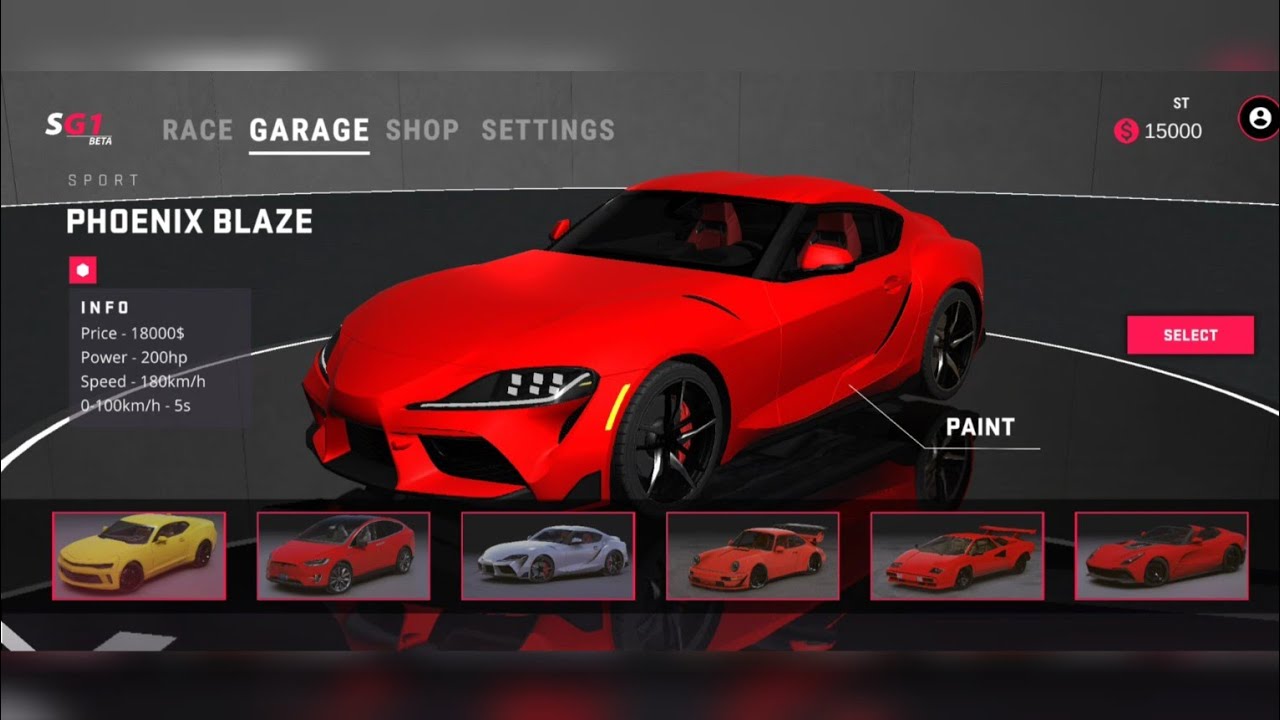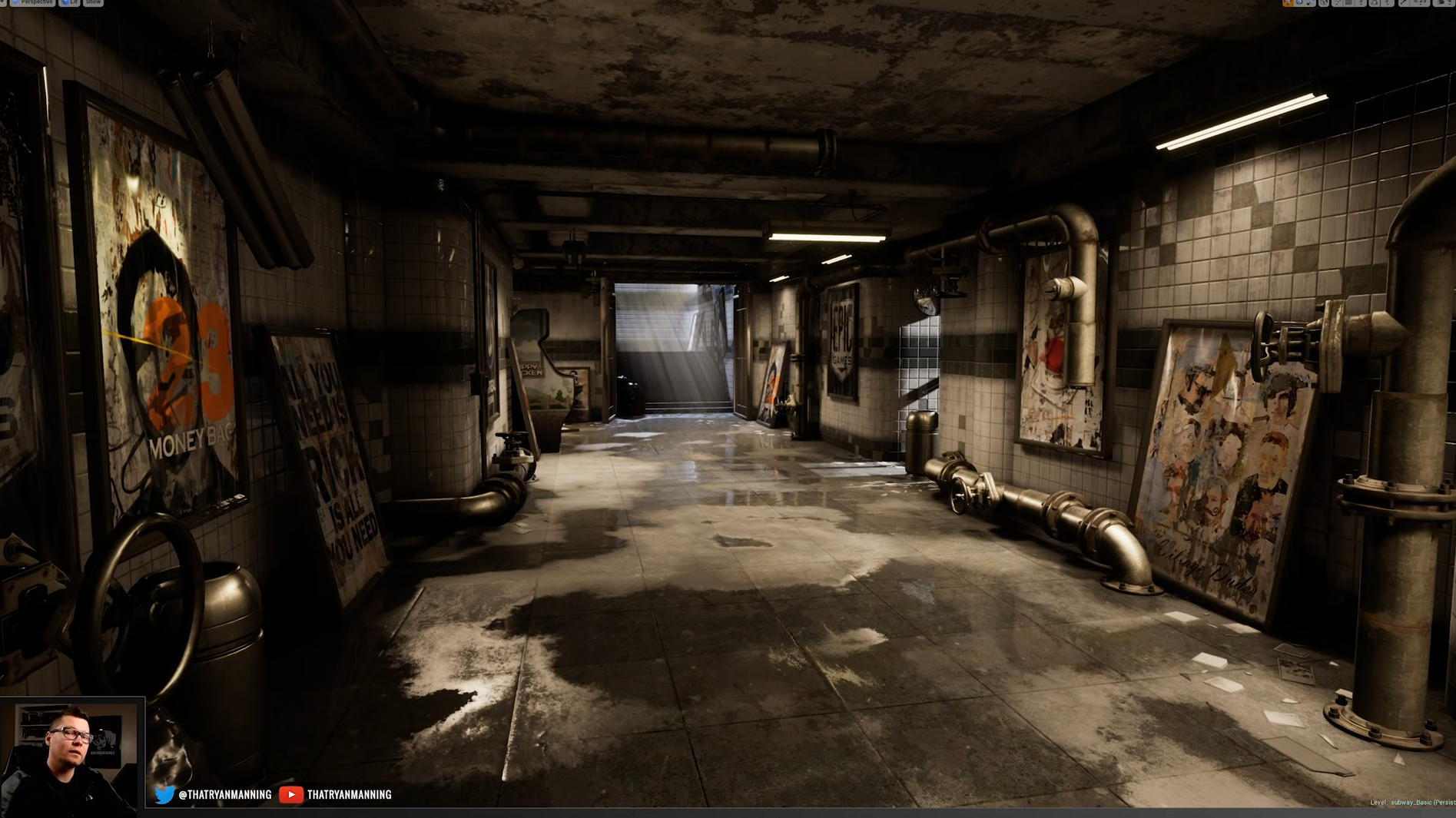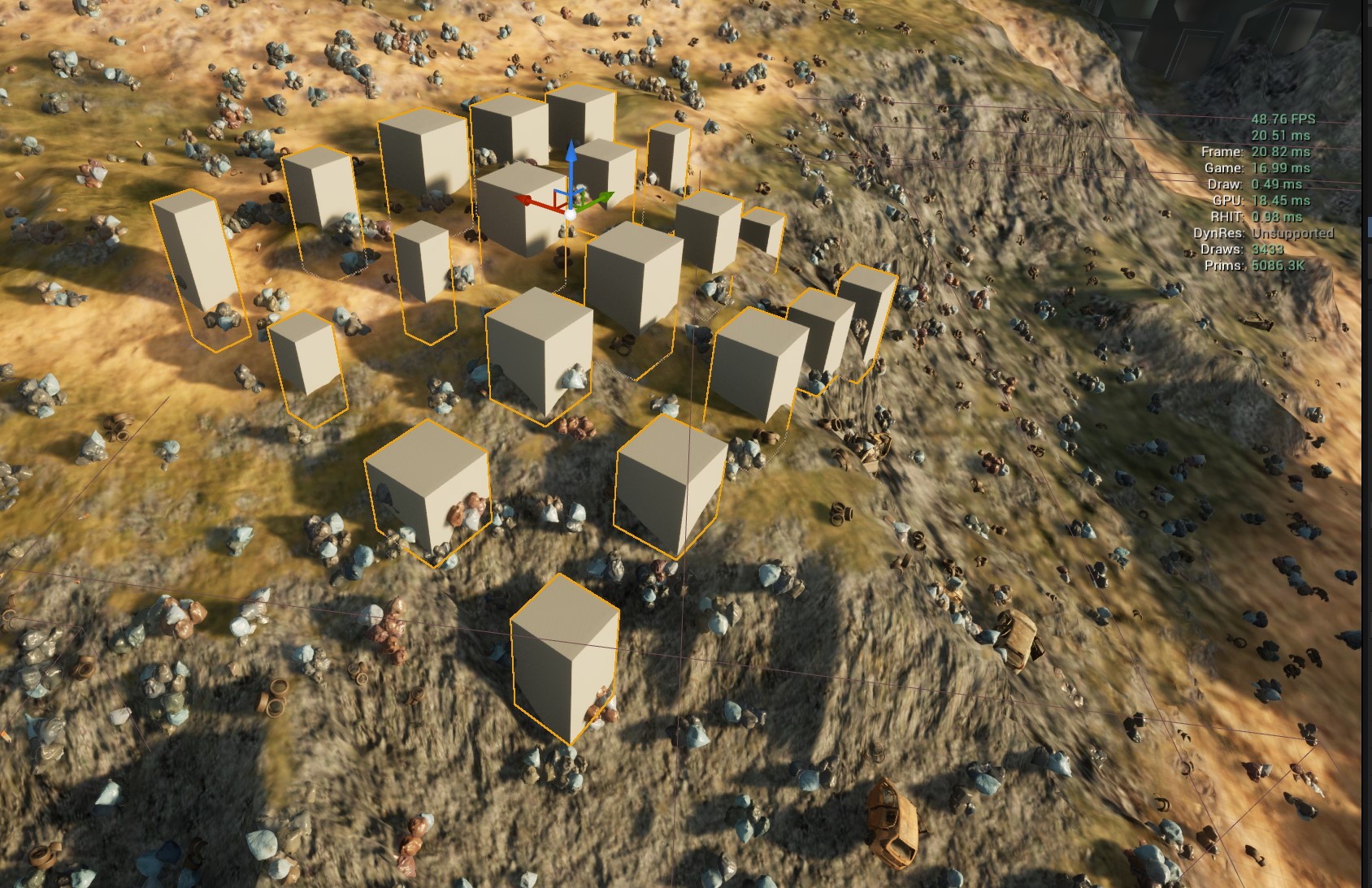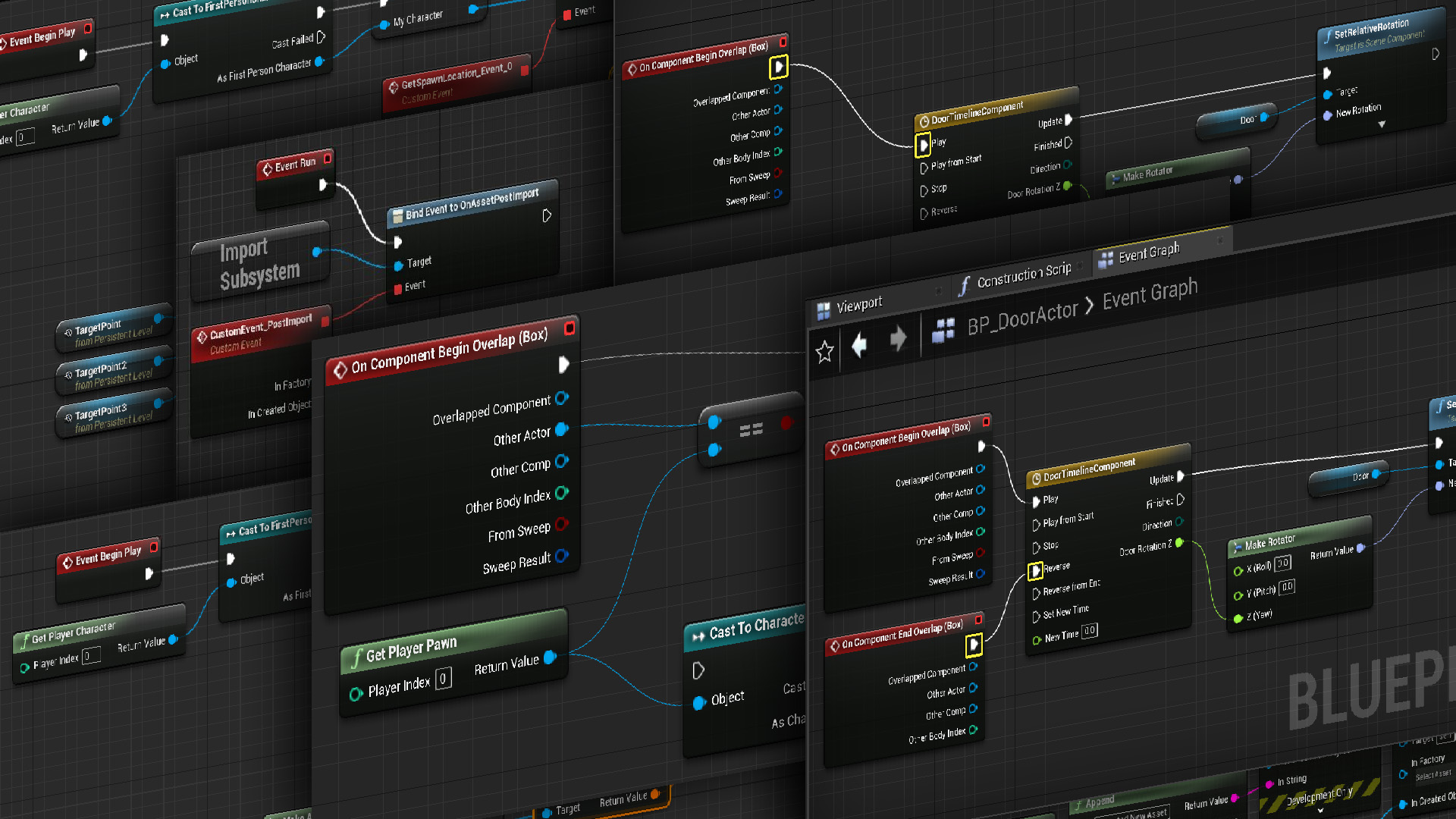Here are some level design principles that can help you create efficient levels in Unreal Engine:
- Keep it simple: Don’t try to cram too much into a single level. Keep the level design straightforward and focused on a few key objectives.
- Use modular assets: Break your levels down into smaller pieces and use modular assets to quickly build them up. This will make it easier to create and modify levels, and it will also reduce the overall size of the level.
- Optimize your geometry: Use simple, low-polygon geometry whenever possible and avoid using too many high-polygon assets. This will help keep the level running smoothly and reduce the strain on the GPU.
- Use occlusion culling: Occlusion culling is a technique that hides objects that are not visible to the player, which can help improve performance. Enable occlusion culling in your levels to take advantage of this feature.
- Use level streaming: If your level is too large to fit into a single level, consider using level streaming to break it up into smaller chunks. This will allow you to load and unload different parts of the level as needed, which can help improve performance.
- Use lightmaps wisely: Lightmaps can take up a lot of memory, so be sure to use them sparingly and only where they are needed. Avoid using lightmaps on simple geometry or objects that are moving frequently.
- Optimize your particle effects: Particle effects can be very resource-intensive, so be sure to use them wisely. Use lower-resolution textures and reduce the number of particles whenever possible to improve performance.
- Use LODs: LOD (Level of Detail) models allow you to use simpler, lower-polygon models for objects that are far away from the camera. This can help improve performance by reducing the strain on the GPU.
By following these principles, you can create levels that are optimized for performance and run smoothly in Unreal Engine.

